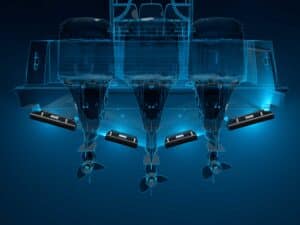“The old man was thin and gaunt with deep wrinkles in the back of his neck. The brown blotches of the benevolent skin cancer the sun brings from its reflection on the tropic sea were on his cheeks. Everything about him was old except his eyes and they were the same color as the sea and they were cheerful and undefeated.”
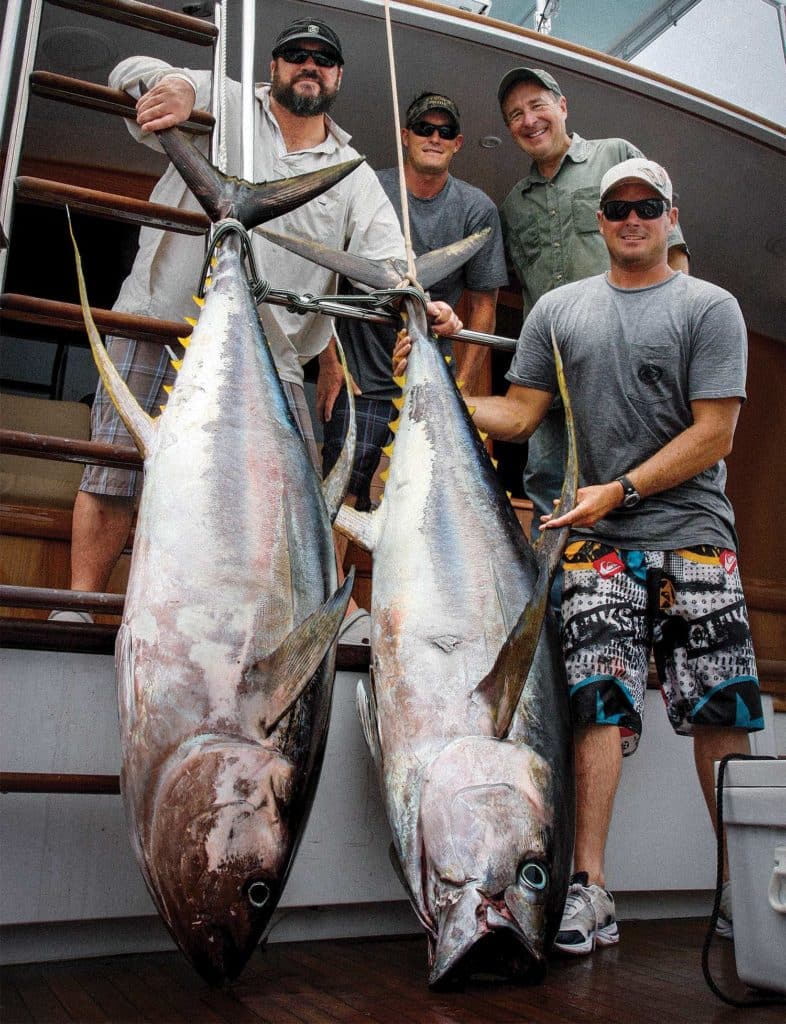
These words come from the first chapter of Ernest Hemingway’s iconic The Old Man and the Sea. The popular image of the boat captain is much like that of the cowboy: rode hard and put up wet, his body beaten by years of clinging to the helm in rough seas. When a captain retires, we imagine him riding off into the sunset. But after making a living catching giant fish in exotic places, how can anyone ever bring themselves to do anything else? While a career on the bridge might be the pinnacle of fishing, running a sport-fishing operation is also physically, mentally and emotionally demanding. Beyond the toll on the body, the job usually involves extended time away from home and family as well.
Although—thanks in large part to the words of Hemingway—there is a certain romance projected toward the lifelong boat captain; the skills, responsibility and perspective the position imparts also lend well to a variety of professions. We interviewed three highly talented captains who have leveraged their skillsets and decades of experience into roles beyond the helm. Their stories provide context into what is possible and how to make it happen when the time comes to make the transition from the helm to the next chapter in life.
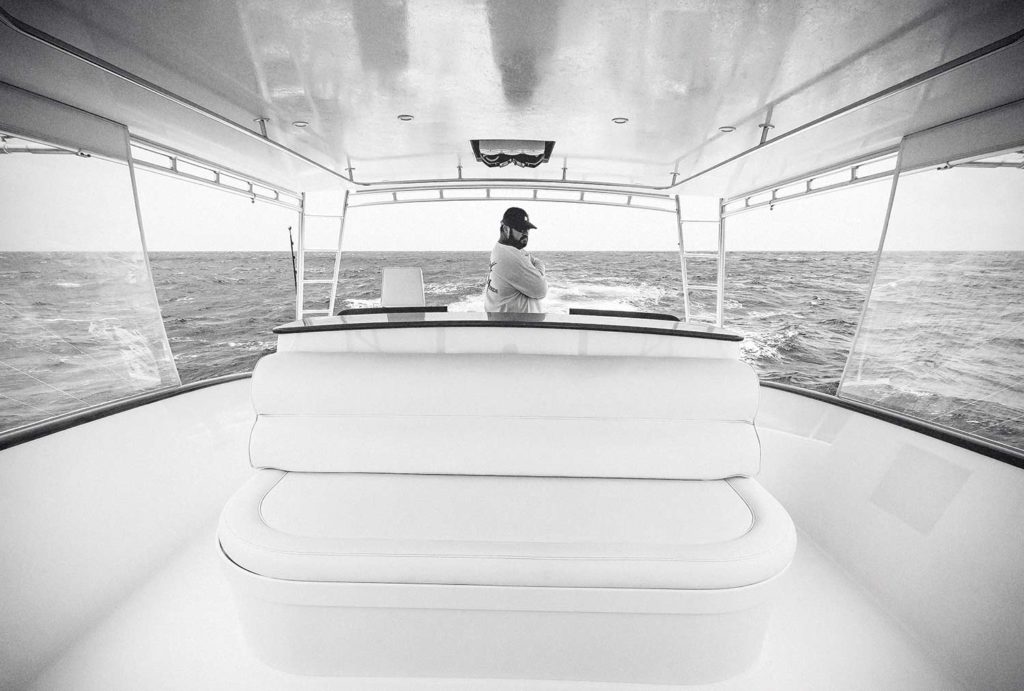
From Mothership to Brand Manager
Capt. Terry Robinson is as thoughtful and considerate a person as you will find in sport fishing. A man of many interests, a conversation with Robinson could well range from giant black marlin in Australia to his love of music, or the many interesting people he’s hung out with in his long and colorful career on the water. From 1992 through 2013, Robinson worked on Tyson’s Pride, rising from second mate to overseeing a globe-trotting 113-foot mothership and a 72-foot Merritt.
Robinson shares his perspective generously. In fact, his explanation of how the role of captain translates into other opportunities could well be a TED Talk or an article in Harvard Business Review. Most everyone—professional captain or otherwise—can benefit from the lessons he shares and the gratitude with which he describes his widely varied experiences.
Watch: Learn to rig a swimming mackerel here.
Robinson grew up on the docks of his parents’ marina in Manasquan, New Jersey, and some of his earliest memories come from the deck of his father’s 31-foot Bertram. By the time he was in seventh grade, Robinson was being paid to work on boats in the marina. In high school and college, he charter-fished in the Northeast, and during his junior year of college, he had the opportunity to take a boat from Florida to Mexico—he stayed in Isla Mujeres instead of returning for the spring semester.
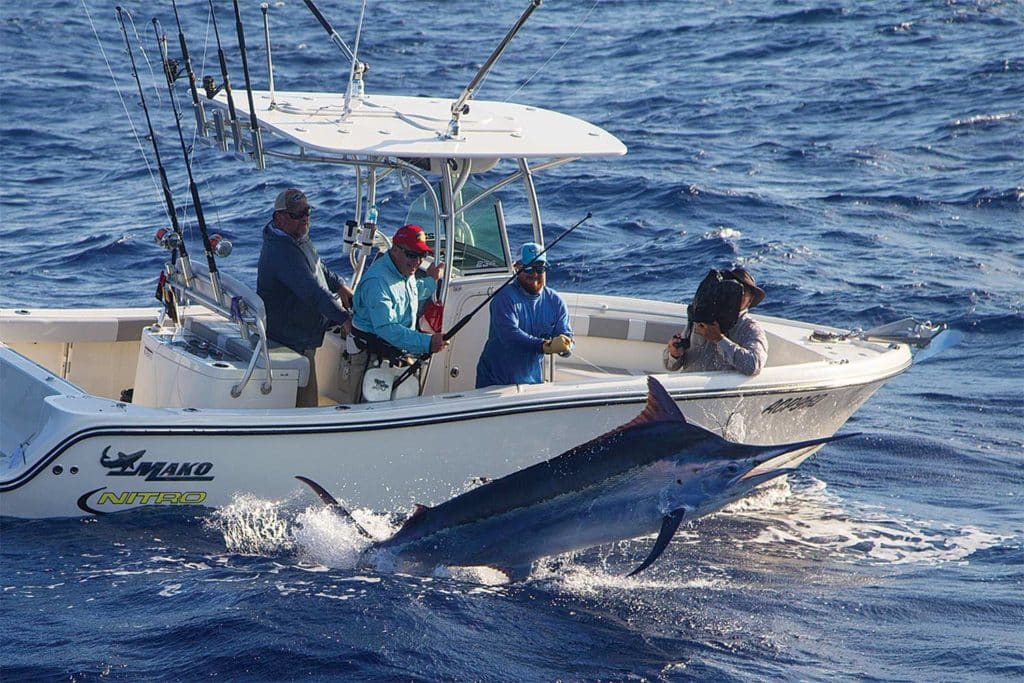
“In 1992, I got a phone call from Capt. Rick DeFeo on Tyson’s Pride to interview for a job as second deckhand,” Robinson says. “Rich Barrett, who I knew from New Jersey, was the first deckhand and had recommended me.” Tyson’s Pride not only took Robinson around the world—they fished Europe, Australia, the South Pacific, Central America and both sides of South America—but also provided him an audience with owner Don Tyson and his guests.
Robinson recognized the many opportunities made available through his position, not only to ply some of the world’s best marlin fisheries, but also to learn from some of the most influential minds in the world of business. “The secret for me has always been to keep your ears and eyes open,” he says. “It was the chance of a lifetime to work for some of the most amazing business people and philanthropists, and to get to know people in their own element.”
Anytime a captain brings a boat offshore, they are responsible for the vessel and the people on board. When the boat is fishing in a remote stretch of Brazil or the South Pacific, the need for care, preparation and foresight is greatly magnified. When the people are pillars of the community whose businesses provide jobs for thousands of people, there is that much more on the line. Robinson grasped the combined responsibility and opportunity of the situation, and that has served him well.
“I don’t take anything for granted,” he says. “I always looked for opportunity outside of fishing. Being around these incredible people has taught me life lessons on business and many other things. I was always listening and always learning.”
The Transition
Robinson’s gratitude and recognition of opportunity defined the course of his own transition after leaving the helm. The Tyson’s Pride operation ceased after Don Tyson’s death in 2011. Robinson’s next step involved working with a frequent guest aboard Tyson’s Pride: Johnny Morris, founder of Bass Pro Shops.
“I had fished with John for 20 years as a friend of Don’s,” he says. “As I got to know him, we established a friendship. We had many conversations about fishing and the tackle industry. After one of these conversations, he said, ‘When it comes time for you to go home and spend more time with your family, call me first before you take another job.’
“When that time came, I reached out and got an interview. I went to the office for a week and met the team. It was a weeklong interview; I left with an opportunity,” Robinson explains. “Bass Pro Shops calls me their saltwater specialist. The main aspect is the role of brand manager for Offshore Angler, which has now morphed a bit into vendor relations. I also spend quite a bit of time in stores to ensure that we are as regionally diverse as possible. The company is headquartered in Springfield, Missouri; I’m based in Palm Beach, Florida, to stay on the pulse of saltwater fishing. John and I still spend as much time together on the water as we can and use that time to strategize on better ways to serve our customers.”
Robinson also actively fishes the bluewater scene, both in Northeast tournaments with childhood friend Capt. Rich Barrett on Peter Cherasia’s Shark Byte, and on the Costa Rica circuit with Brooks Smith and the Uno Mas team. “The fishing is important. The contacts and staying relevant—it’s all important,” Robinson says. Nearly 30 years after stepping aboard Tyson’s Pride, Robinson’s reasoned, thoughtful approach to life and career are still on full display.
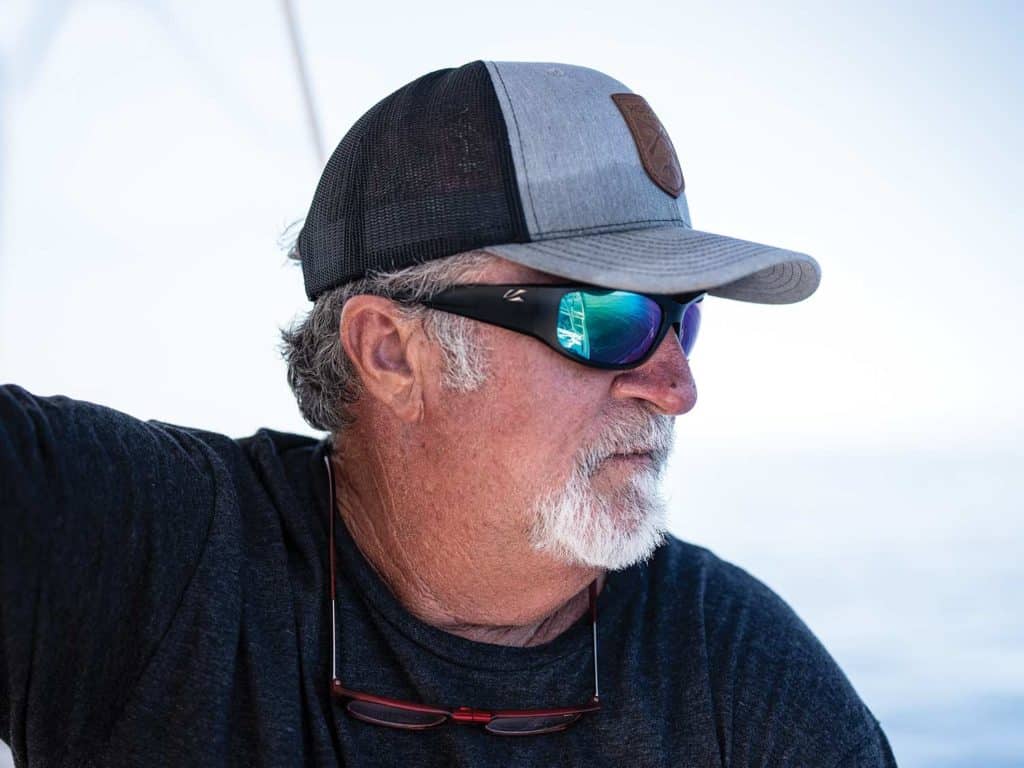
A West Coast Institution
Capt. Steve Lassley is something of a West Coast sport-fishing institution. Recipient of the IGFA’s Tommy Gifford Award, Lassley’s career on the water started when he was 13. At 17, he bought his first commercial boat, and from 1987 through 2007, Lassley split his time between commercial swordfish fishing in California from January through September, then switching to tournaments in September and October, before ending the year in Mexico’s Magdalena Bay until just before Christmas each season.
In 2003, Lassley was hired to run Anthony Hsieh’s Bad Company fleet. One of the world’s highest-profile multiboat operations, Bad Company was at the forefront of defining a new, West Coast style of sport fishing, winning millions of dollars in tournaments along the way. Marked by the innovative use of technology and high-volume live-bait capacity, this is a highly visual affair that incorporates casting from the bow and slow-trolling live baits.
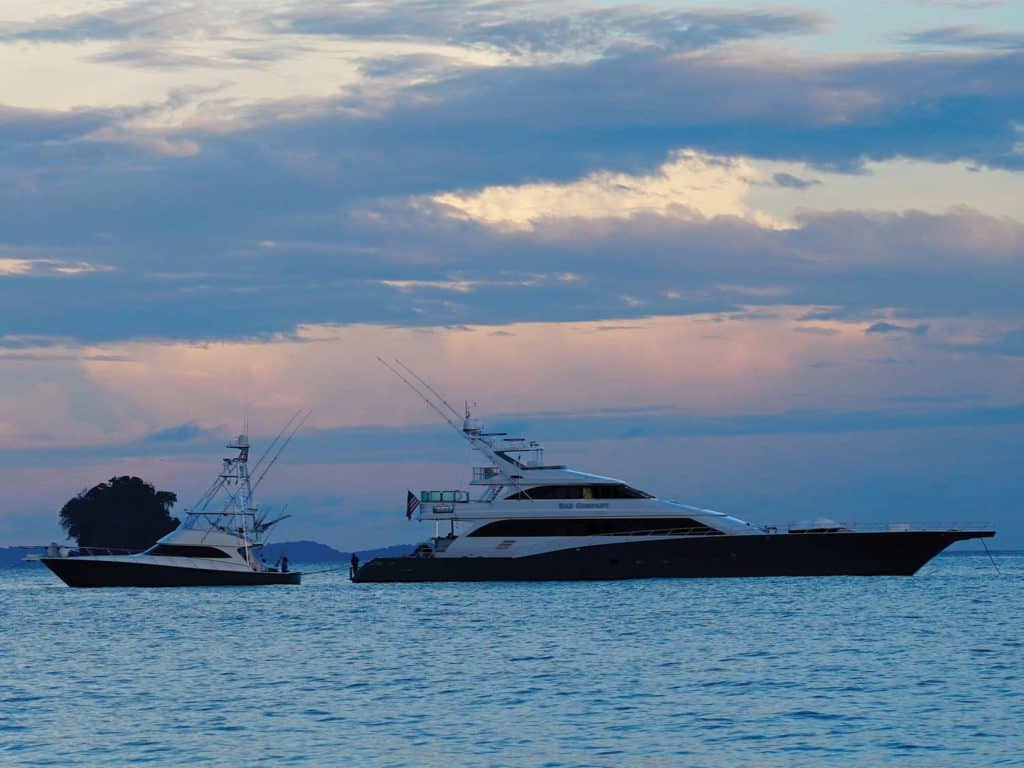
“I went full time with Bad Company in 2006 when I shut down my commercial fishing operation,” Lassley says. “I still fish with them now. I manage a couple of his boats, and when Anthony wants to fish, I hop on the boat and we get after it. For the past 16 months, I’ve been working with Galati Yacht Sales. I fished the Los Sueños Triple Crown with them the past few years, and this year I sold a 46 Billfish to a client, and we fished the Bisbee’s on it.” Lassley is too humble to mention that Team Galati won the 2020 and 2021 Los Sueños Signature Triple Crown in Costa Rica earlier this season.
His transition from full-time fleet captain to a combined yacht-broker/specialist-captain role is a logical progression that benefits from his knowledge and expertise. From the early 1980s through the 2000s, Lassley fished an average of more than 200 days per year. Few captains in the world can match his experience fishing California, Cabo San Lucas, Mag Bay and Puerto Vallarta. With Bad Company, Lassley also had the opportunity to fish in Hawaii, Panama and Costa Rica.
He brings this incredible background—in terms of fishing, as well as his knowledge of boats and their systems—to bear for his yacht-brokerage clients. “We had a 46 Billfish that we modified for our West Coast style of fishing and pre-sold that boat,” he says. “The Galatis and Pat Healey fished the Bisbee’s on the boat, and then the client took delivery after the tournament. We’re doing the same thing with a highly specialized Viking 54 Convertible this year.”
“With our style of fishing, we have been designing stuff with Viking for 14 years,” Lassley continues. “On the West Coast, we fish off the bow a lot, and that requires quite a few modifications. So much of what we do is sight-fishing.”
Lassley’s approach to working with clients utilizes this familiarity directly. “I try to listen to the client to get to know their situation. You then use your expertise to fit the needs of the client and how they will use the boat. We can work to customize new builds, or modify and retrofit used boats as well,” Lassley explains.
“You consider everything from power packages and the types of service that are available where they plan to keep the boat to find the best fit, considering the client’s circumstance,” Lassley adds. Whether you plan to target big black and blue marlin, giant yellowfin tuna or daytime swordfish, or aim to put up big striped marlin release numbers, who better to guide you through the process of purchasing a sport-fisher than a captain who has been there and caught that?
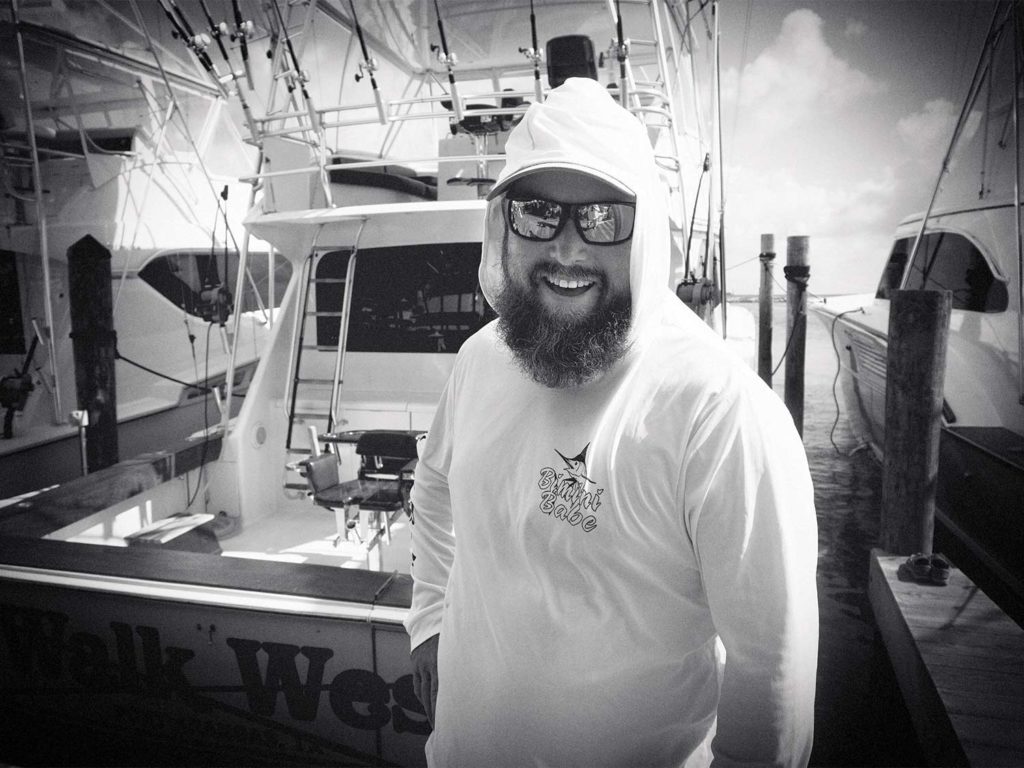
A Gulf Coast Lifestyle Brand
Capt. Ryan Doxey’s career illustrates the broad applicability of the captain’s skillset. A fixture on the Gulf Coast tournament scene for the past two decades, Doxey has earned a reputation for catching fish and fair dealing. He has parlayed a full-time career on sportboats into a multichannel business that includes lure-making and a full-service tackle shop as well as fishing. Doxey relates his perspective with characteristic Texas candor and charm.
“I started fishing when I was kid with my dad and uncle, who had charter boats,” he says. “I was fishing outside of family at 13, and fished all through high school and college—I worked every weekend,” he says. “I dropped out of college to travel to Costa Rica, Panama and the Bahamas, and I also fished the Great Barrier Reef as a mate.”
Doxey ultimately landed a job running Override, a Texas-based program that began with a 56-foot Viking. “I ran that operation for the next seven years,” he recalls. “During that time, I started my family and began making lures a little more seriously.
“It got to the point where I was working so much that it wasn’t going to be worth it unless I was working for myself,” he says. “I thought about how hard I was working for someone else—if I could work that hard for myself, I could do it. In 2017, I made the jump to go on my own.”
Doxey’s approach to making a living on his terms involved hard work and the recognition of opportunity. It also leveraged the knowledge and skills he developed over years in the pit and at the helm. “I started building lures full time, and I was also freelancing as a mate in Gulf Coast tournaments,” he recalls. “I’ve been fortunate to fish with some really good teams. This year, freelancing has taken a back seat to the tackle business for the first time. It is how I have supported my family. For years, I fished every available weather window from April through September, from Texas to Florida.”
Read Next: If you want to experience outstanding bluefin tuna action, Nova Scotia is the place.
His line of lures also provided an introduction into the tackle business. Handmade in Texas, one at a time, Doxey Lures are fished all over the world. “I generally make between 500 and 1,000 lures per year,” he says. “I sell them mainly on the Gulf Coast, with a few on the East Coast and in South Florida.”
Doxey’s in-depth knowledge of the lure market and the Gulf Coast tournament landscape provided the foundation for his latest venture: Doxey Tackle. A full-service offshore-tackle shop in Kemah, Texas, it opened for business January 9, 2021. In addition to his brick-and-mortar shop and internet sales, you can find Doxey at tournaments in his tackle van. And yes, the tackle van is just as awesome as it sounds.
Doxey is a Gulf Coast sport-fishing lifestyle brand in and of himself. Think about it: He makes lures designed to catch marlin and can help you fish tournaments in the Gulf on your boat. More than that, you can buy all the tackle you need to be successful from his shop (or the aforementioned awesome tackle van) with the confidence backed by his three decades of Gulf Coast fishing experience.
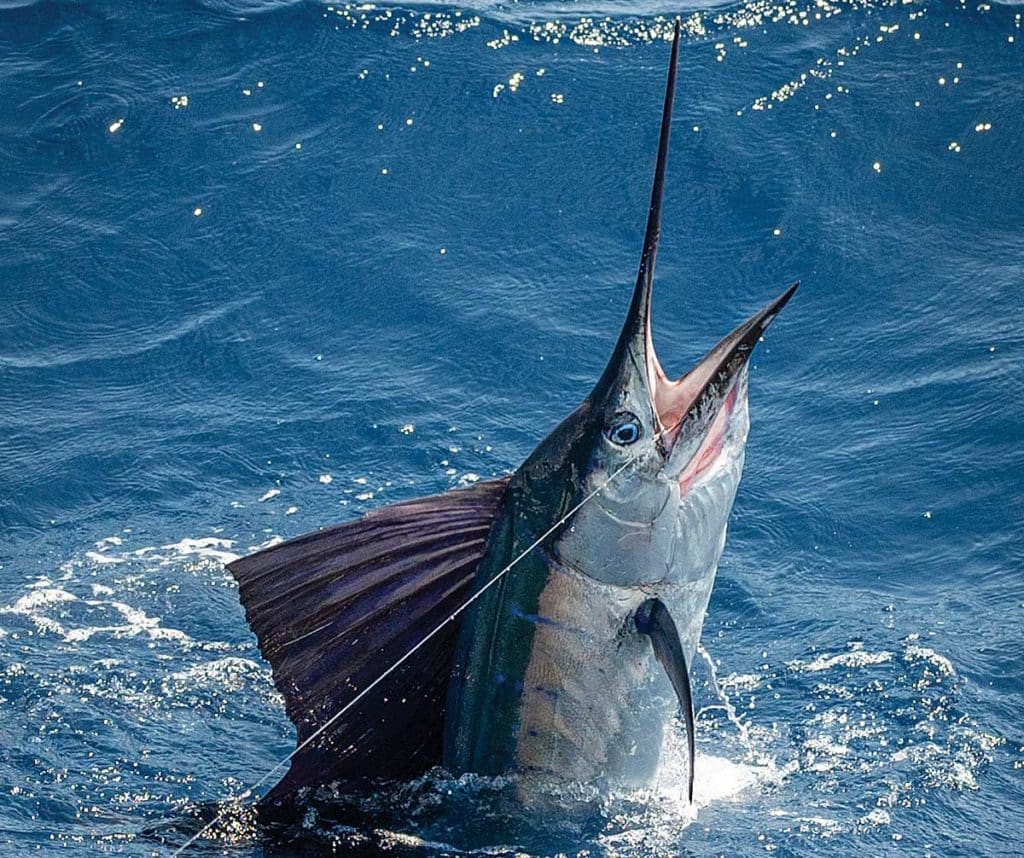
Translating Important Skills
“This approach might not be for everyone,” Robinson says. “Some guys only want to fish, and that’s OK. If you do aspire to do something else one day, keep that in mind as you’re working for folks,” he says regarding his advice about the transition. “Then, if your body starts failing or you want to spend more time at home, your experience as a captain can prepare you for other opportunities.”
Lassley provides similar insight. “When you’re talking about how things translate, it’s really the work ethic. I transfer the approach in the way I used to fish. When one thing stopped, it was onto another and then another. The work ethic of a captain translates really well,” he says.
“The captain is responsible for the boat and the people on board,” Robinson says. “That responsibility can convert into other opportunities. A captain’s job involves quite a bit of management and creating a good workplace. There is a translation of fishing skills to other workplaces. It’s not all about fishing—you need to be human as well.”



